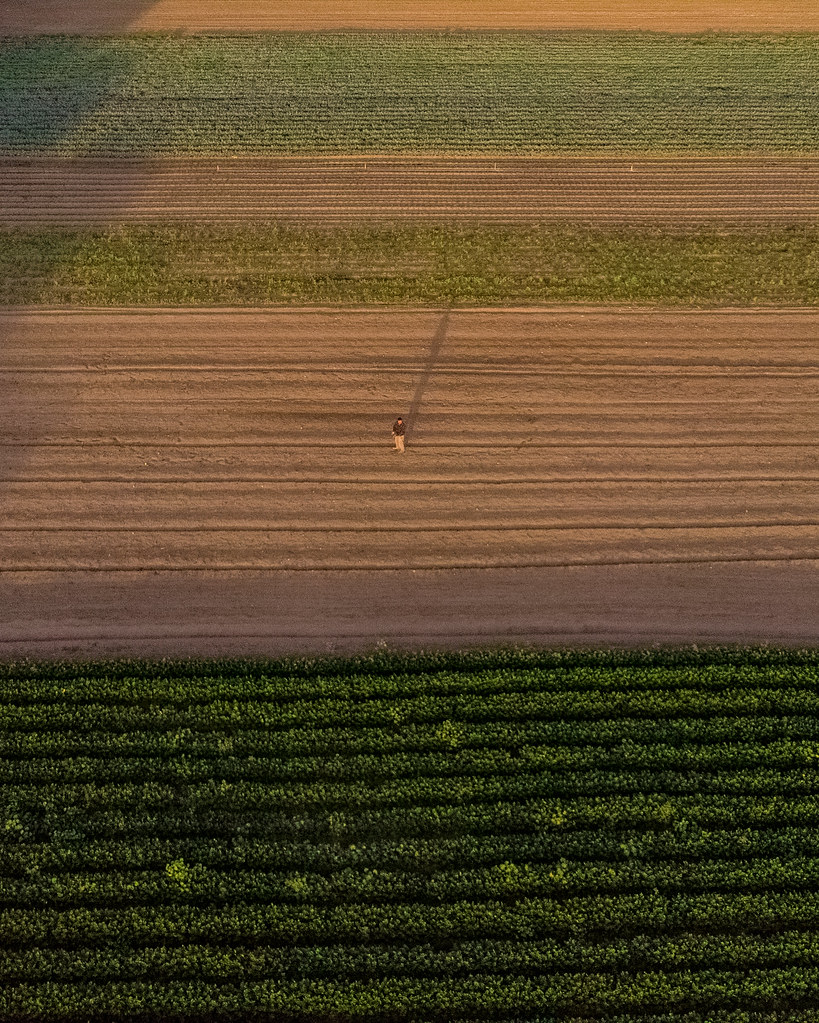“Looking to find the best ways to maximise ecological health in agricultural spaces.”
.
Agriculture is seeing huge changes – and will be seeing more in the near future:
Transitioning to sustainable farming – Vision Group for Sidmouth
This is the theme of the property consultant Savills in its look at the rural sector:
The impact of impatience
The rural sector is in a state of significant transition. Against a backdrop of a net zero target by 2050, Emily Norton outlines the key trends influencing land values over the next five years.
Land use in the UK stands on the cusp of change on a scale not seen since the 18th-century land clearances. Then, a change in property rights ushered in the industrial and agricultural revolution, freeing people from unpaid land work to move to growing cities and employment. Now, the unseen hand guiding land use is the UK’s declaration of net zero by 2050. On its own, this declaration simply means that agriculture needs to decarbonise, like every other sector, although the Climate Change Committee accepts that food production will always be a sector that is carbon emitting.
However, land is the only asset class that can be both a source of, and a solution to, climate change. It is this need to provide a solution to the broader economy that will drive a change in use of a quarter of the UK’s land over the next 30 years.…
Savills UK | UK Cross Sector Outlook 2022: Rural
These themes are considered by pretty much all the players in the rural economy.
The Game and Wildlife Conservation Trust looks at “the best ways to maximise ecological health in agricultural spaces”:

The importance of healthy ecosystems in slowing climate change
At present, food systems make up a third of greenhouse gas emissions and play a large role in freshwater consumption and biodiversity decline across the world. Agriculture occupies about 40% of global land, so there is massive potential to make the most of all of this space and transition food systems to provide negative emissions, meaning that they soak up carbon and become what are called ‘carbon sinks’.
One of the biggest ways this can happen is through maintaining healthy ecosystems – we already know that biodiversity conservation is closely linked with food production, particularly as healthy biodiversity is needed to keep food systems productive and resilient. Even maintaining just 10% of land within agricultural landscapes for biodiversity can have large positive impacts for both the crops and local wildlife.
This is something the Trust has championed for decades, and what our research teams and demonstration farms (such as the Allerton Project) spend lots of time researching to help guide agricultural policy – assessing the impacts of different kinds of farming on soil health, crop success, and biodiversity – looking to find the best ways to maximise ecological health in agricultural spaces.
It really is the dominant theme in farming today:
7 steps to help farmers transition to net-zero – FarmingUK News
More than one path to net zero greenhouse emissions in farming | 2021-09-29 | Food Business News